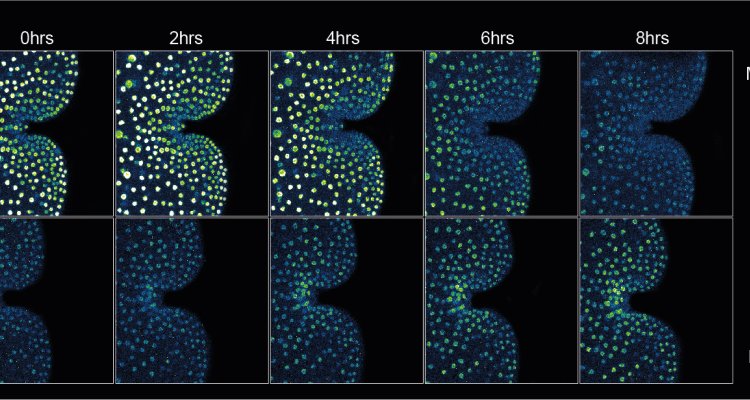
Project
Concentration is key: unravelling mechanisms regulating Auxin Response Factor stability
We strive for a more complete understanding of how the phytohormone auxin steers virtually all developmental processes that constitute plant life. We focus on family of proteins called Auxin Response Factors, which regulate the transcriptional machinery in response to auxin. It was demonstrated that variation in expression patterns/levels of different ARF subclasses are deterministic in generating proper transcriptional output. During this project we discern the underlying mechanisms that determine ARF stability and their biological significance for plant physiology.
Background
Our lab has been interested in the inner workings
of the phytohormone auxin for decades. Through the use of a diverse set of model plants, ranging from algae to angiosperms, we have discovered many novel and interesting facets of auxin biology. This project focusses on a family of transcription factor proteins called Auxin Response Factors. Auxin has an indirect effect on the activity of these ARF proteins, who, in turn, regulate the transcriptional machinery. ARFs therefore play a central role in conveying the message (auxin) to the recipient (the DNA, where we will find auxin-responsive genes). A substantial body of work considering the function of ARFs exist, but we keep discovering new aspects of their behavior and mode of action. Many popular model organisms, like Arabidopsis thaliana, face the drawback of high genetic redundancy, meaning that genes have duplicated numerous times over the course of evolution. This has convoluted the study of ARFs and their properties greatly. For this purpose we use the evolutionarily ancient plant Marchantia polymorpha to obtain a better understanding of ARFs, and ultimately: auxin-signaling itself
Aim of the project
We strive for a more complete understanding of how the phytohormone auxin steers virtually all developmental processes that constitute plant life. We focus on a family of proteins called Auxin Response Factors, which regulate the transcriptional machinery in response to auxin. ARFs are subdividable in 3 main classes, namely transcriptional activators of auxin-responsive genes (class-A ARFs), or their repressors (class-B and CARFs). Class-A and B ARFs are shown to compete for the same DNA-binding sites, whereas class C ARFs regulate different gene sets. Class-A and B ARF stoichiometry is therefore an important component of transcriptional finetuning. In recent work we have shown that class-A and B, but not class-C, ARF concentrations are regulated through targeted degradation. This seems to be a deeply conserved phenomenon. During this project we aim to discern the underlying mechanisms that determine ARF stability and degradation rates to ultimately unravel the significance of this system for proper plant
development.
Contact
Do you have a question about the mechanisms regulating the stability of the Auxin Response Factor?, or would you like to join us as a student researcher? Please contact us.